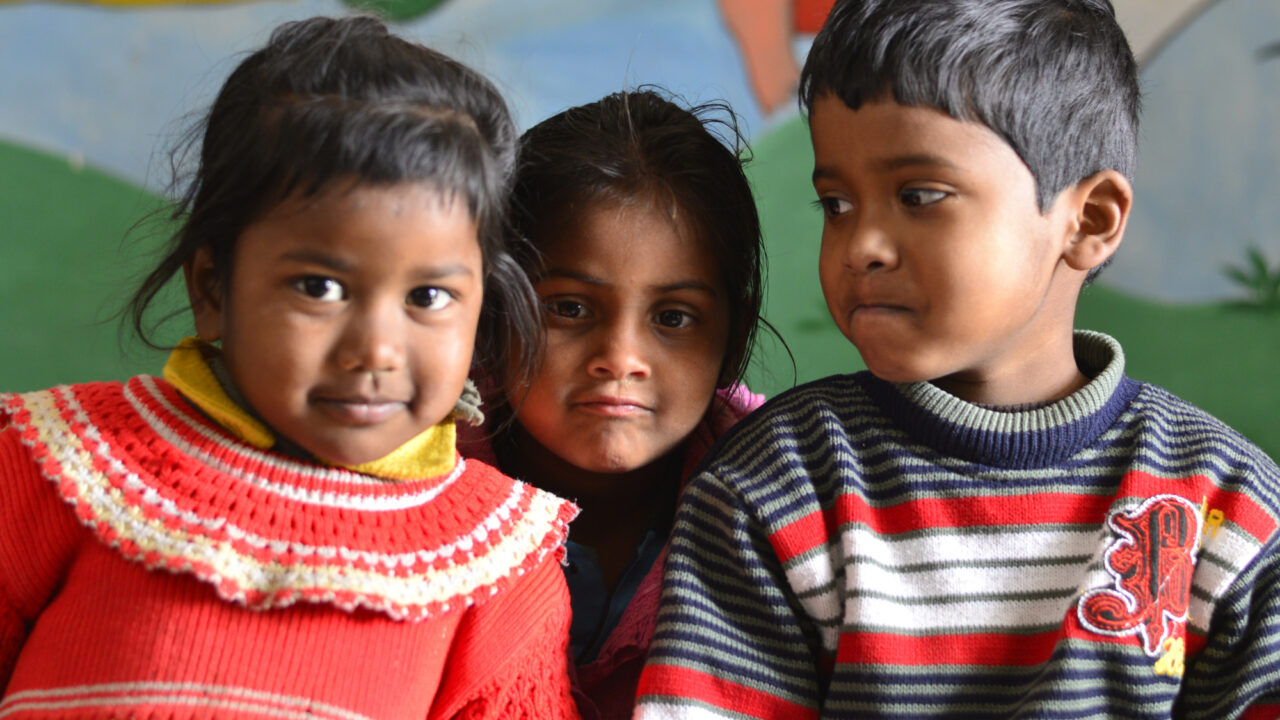It was always going to be a tall order to achieve safe drinking water for all. As the global water and sanitation sector convenes at the UN Water Conference in New York to recommit to solving the water crisis, we remain significantly off track. The number of people with access to safe water has grown by only 4% in the past five years, and 1.2 billion people lack access to even basic water service. At the current rate of progress, 1.6 billion people will still be without safe drinking water by 2030.
This has dismal ramifications for health outcomes. Unsafe water is responsible for more than 1.2 million deaths each year. It is the most common cause of diarrhea, which kills more than half a million children annually. Water access – which is already lagging – is not nearly enough. Accessible water must also be safe to drink: free from pathogens and disease. The water sector has focused primarily on increasing access through constructing new infrastructure and upgrading existing systems, such as investing in piped networks, community level systems and boreholes. But without sufficient focus on the quality of the water, this alone will not achieve the intended outcome – improved health and lives for people.
The evidence base for prioritizing water treatment is strong. The groundbreaking meta-analysis by Nobel Laureate Michael Kremer and his research team at the University of Chicago found that chlorination of water reduces all-cause child mortality by a remarkable 25%. And due to the low cost of chlorination, water treatment is in the company of micronutrient interventions, insecticide-treated malaria bed nets, and routine childhood vaccinations in terms of their cost-effective impact on child health: they estimate it costs only $3,000 to save a child’s life through water treatment.
These findings should prompt us all to take water quality more clearly into consideration. Water treatment options that can be easily adapted to existing and planned infrastructure investments are a gamechanger for communities not serviced by piped water. For a relatively small additional cost, these investments can be leveraged to ensure water is safe to drink.
Evidence Action’s water treatment programming demonstrates that we can address the issue of water quality at scale to reach neglected communities, and do so cost-effectively.
Our network of over 28,000 chlorine dispensers provides more than 4 million people across rural Kenya, Uganda, and Malawi with access to safe water – for less than $1.50 per person annually. Over the last 9 months, we’ve installed over 11,000 new dispensers in these countries, increasing the number of people with access to 6.8 million – and we’re on track to reach 9 million people by the end of this year.
Scaling safe water access is therefore possible: through human-centric design, community partnerships, and an efficient last-mile network, our dispensers provide consistent access to water treatment in some of the hardest to reach areas. Evidence Action is also testing different approaches to reach more populations, including treating communal piped water sources that are more common in urban and peri-urban areas.
Beyond existing health impacts, climate change-induced acute weather events and rising temperatures heighten the urgency of safe water interventions. As severe flooding leads to the destruction of water infrastructure, water contamination, and large bodies of stagnant water, disease and pathogen risks will also cascade. Larger and more frequent disease outbreaks means the consistent provision of chlorinated water – for which funding is currently insufficient – will become a critical climate adaptation measure.
If we are to accelerate change, we must recognize that water access alone misses the mark. For monumental public health impact that will truly help alleviate poverty and inequity, water quality must be given equal billing – and targets adapted to measure progress on this critical measure.
Evidence Action is rapidly scaling our interventions, but we cannot do it alone. Leadership from governments and development partners on water treatment – including chlorination – is needed in the Water Action Agenda to keep the promise of Sustainable Development Goal 6.
We have the evidence and the proven approaches to ensure water quality for all; it’s time for WASH sector actors, policymakers, and global donors to commit to – and invest in – water safety. Otherwise, we will fail those communities that the SDGs were designed to support.



